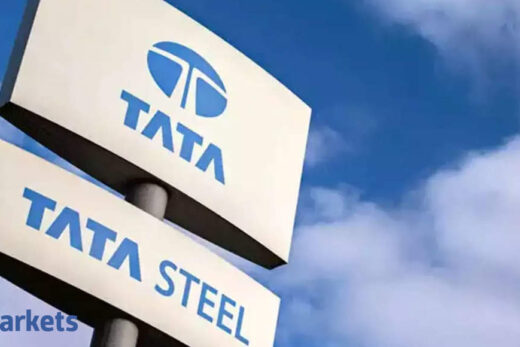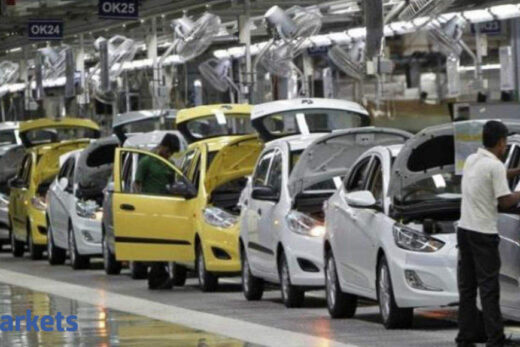A few brokerages see the stock rising up to Rs 513 level, as they want to look beyond FY22 after the company posted a Rs 4,450 crore loss for Q1. Analysts said demand for JLR wasn’t missing; it was strong at 1,10,000 units, but the company was unable to meet wholesale demand. Notwithstanding short-term weakness, they are betting on rising market share in the domestic personal vehicle (PV) segment and see multi-year demand for the domestic commercial vehicles ahead.
Following the June quarter earnings, Motilal Oswal Securities has cut its FY22 EPS estimate by 77 per cent, accounting for sales loss due to the ongoing semiconductor shortage. That said, the brokerage maintained its FY23 EPS estimate, suggesting a target of Rs Rs 400 on the stock.
The scrip rose 0.5 per cent to hit a high of Rs 294 on Tuesday. Motilal’s target suggests 36 per cent potential upside.
“Near-term stock catalysts include better standalone volumes, a probable tie-up of JLR with larger OEMs for licensing of electric vehicle (EV) platform and the possibility of partial divestments of India PV division. In addition, JLR’s sales upcycle is expected from H2 onward,” said
. This brokerage also has a target of Rs 400 on the stock.
Nomura said near-term pricing is likely to stay strong due to global supply shortages as all OEMs have been reporting strong margins, but there is a downside risk that marketing spend could rise in FY23 as supply normalises.
JLR aims to tackle semiconductor pain by lowering the breakeven point by making 80,000 units per quarter. As 90 per cent of cash drawdown has been due to working capital unwind, which will reverse with production ramps up, Edelweiss said.
“Lower volumes in FY22 postpone deleveraging versus our earlier estimates. Hence, while our EBIT estimates are unchanged, interest cost and tax rate (delay in recognition of deferred tax assets) jump lead to 17 per cent (FY22) and 7 per cent (FY23) cut in EPS,” Edelweiss said while suggesting a target of Rs 397 on the stock compared with Rs 405 earlier.
For the ongoing quarter, wholesales could be 65,000 units, 50 per cent lower than planned, with EBIT loss and free cash flow (FCF) of less than one billion pounds, the management commentary suggests. The second half of the year may see positive free cash flow and EBIT margins, but current visibility is low on the quantity of chip supply, the management suggested.
In the case of India, commercial vehicle demand is improving, and that the new model launches in the personal vehicle segment should support market share. The management said EV order inflow is rising sharply with an order book of 12-14 weeks now. The company will also invest in charging infrastructure and launch 10 EV models by 2025.
Tata Motors is a leader in the domestic commercial vehicle segment while it has reached double-digit ICE market share in the domestic personal vehicle segment after nine years. It is also leading the electrification charge in India via an ecosystem (collaborative) approach, analysts said.
“We believe continued market share gains in the domestic PV business, CV upcycle, and TTMT’s delivery on FCF generation (aim is to be debt-free by FY23/FY24) would be key monitorable for investors. We believe consensus continues to undervalue the India business while ignoring the electric-only capital allocation pivot made by JLR,” ICICI Securities said and suggested a target of Rs 513 from Rs 528 earlier, a 74 per cent potential upside.



